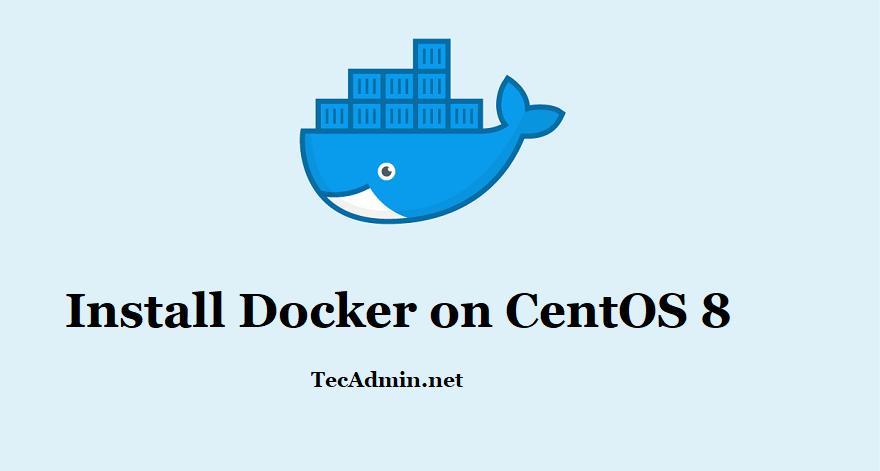
We just need to tell Docker to use the new storage driver. Changing the storage driver to fuse-overlayfs will significantly reduce Docker disk usage and makes deploying containers a bit faster.įortunately, the fuse-overlayfs storage driver gets installed automatically with Docker. So, for our KVM servers, a storage driver change is not necessary.By default, Docker on our LXD servers defaults to using vfs as the storage driver, thereby causing high disk usage issues.

Note: You need to skip this step if you are installing Docker on our KVM servers as our KVM servers support Docker's overlay2 driver. If you see the message “Hello from Docker!” it means that docker is working correctly. Now to check that Docker is working correctly we will run hello-world. $ sudo newgrp dockerĬheck the Docker version. To activate changes to groups, run the following commands. This will enable docker to run without using sudo (as a non-root user). $ sudo systemctl enable rviceĪdd your user to the Docker group. $ sudo yum install docker-ce docker-ce-cli containerd.io docker-compose-pluginĮnable and start Docker service. Now install Docker engine along with dependencies.

It is fine if yum says that none of these packages are installed.Īdd the Docker repo with: $ sudo yum install -y yum-utils $ sudo yum remove docker docker-engine docker.io containerd runc Installing Dockerįirst, uninstall the old version of Docker if it is already installed.

For simplicity sake, you want to publish on all interfaces but block public access, you need to explicity block the port using a firewall like UFW. Do not expose ports on all interfaces if you do not want to expose a port publicly, instead use something like a "-p 127.0.0.1:80:80" to expose the port only on localhost (in this case the port is 80. You have shell (SSH) access to your VPSĭocker under-the-hood manages iptables based on the ports published during the creation of containers.Webdock cloud CentOS 8 or newer instance.


 0 kommentar(er)
0 kommentar(er)
